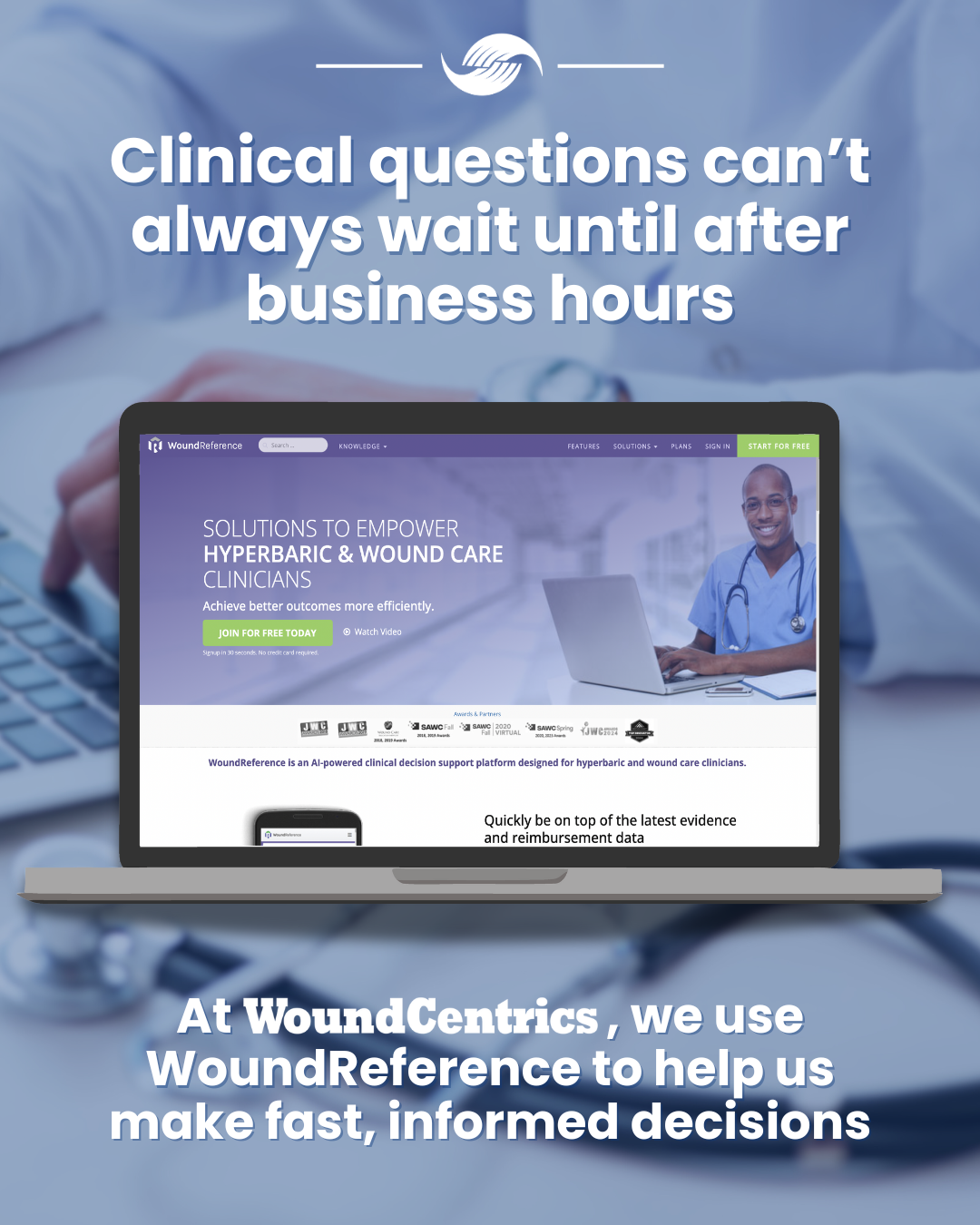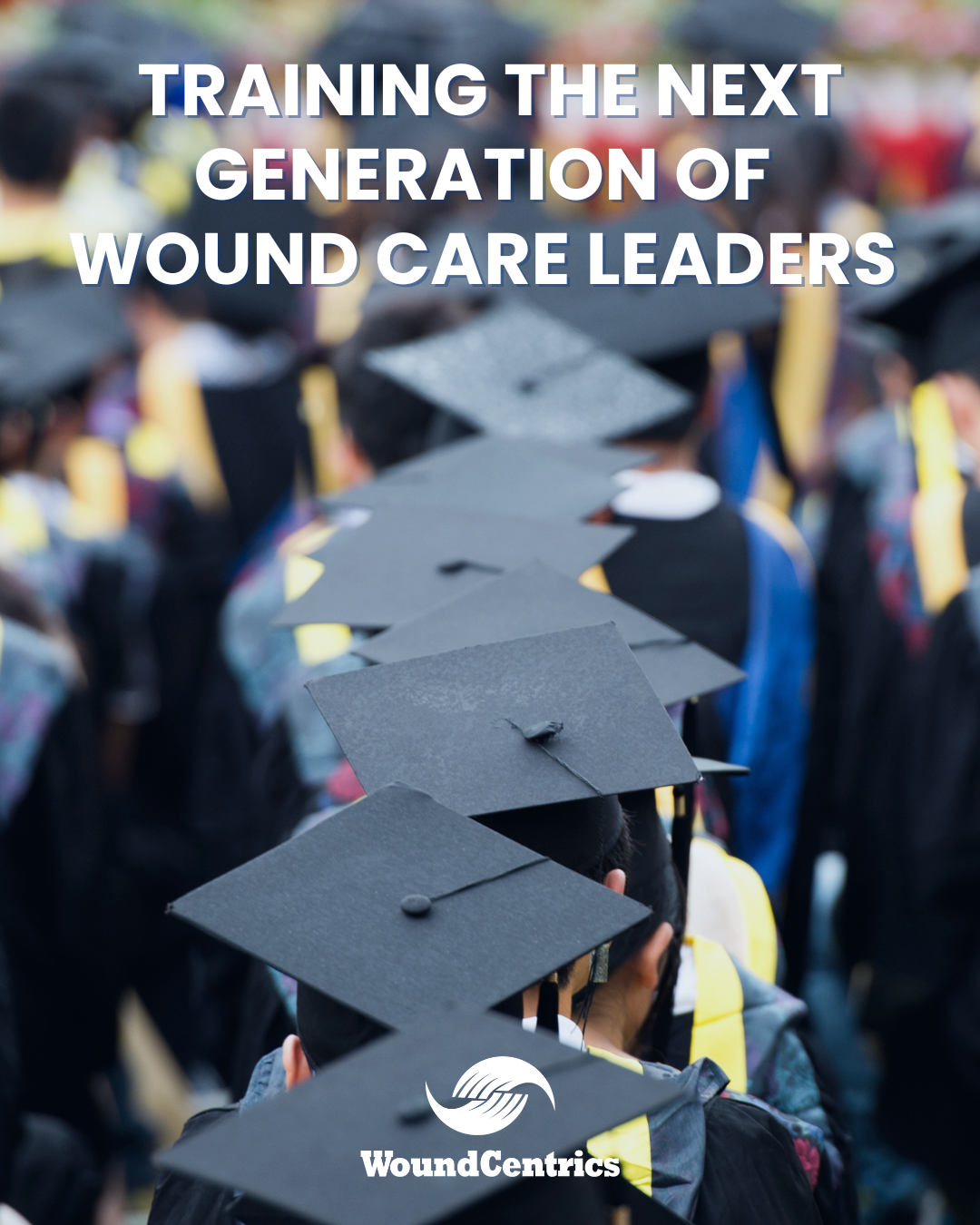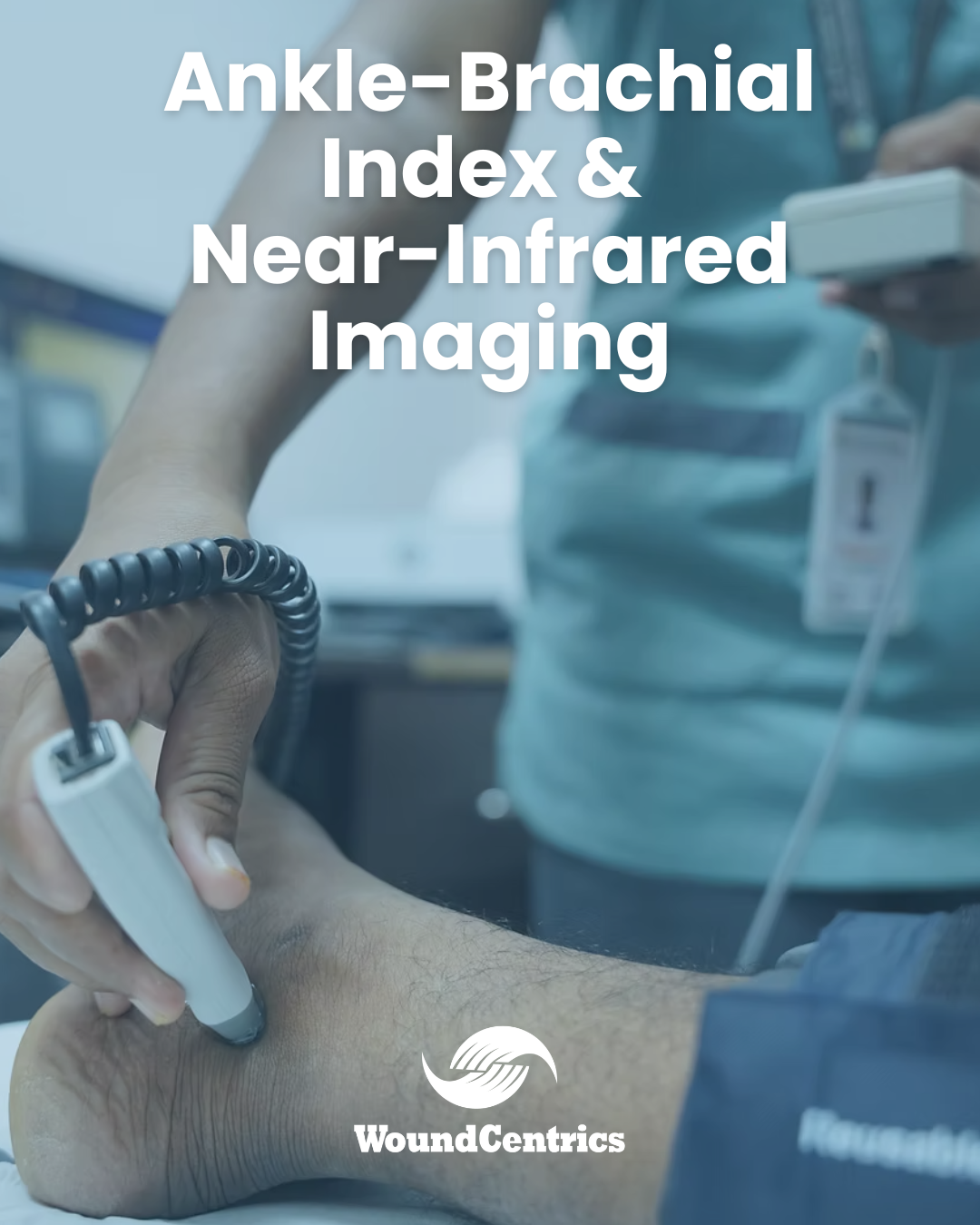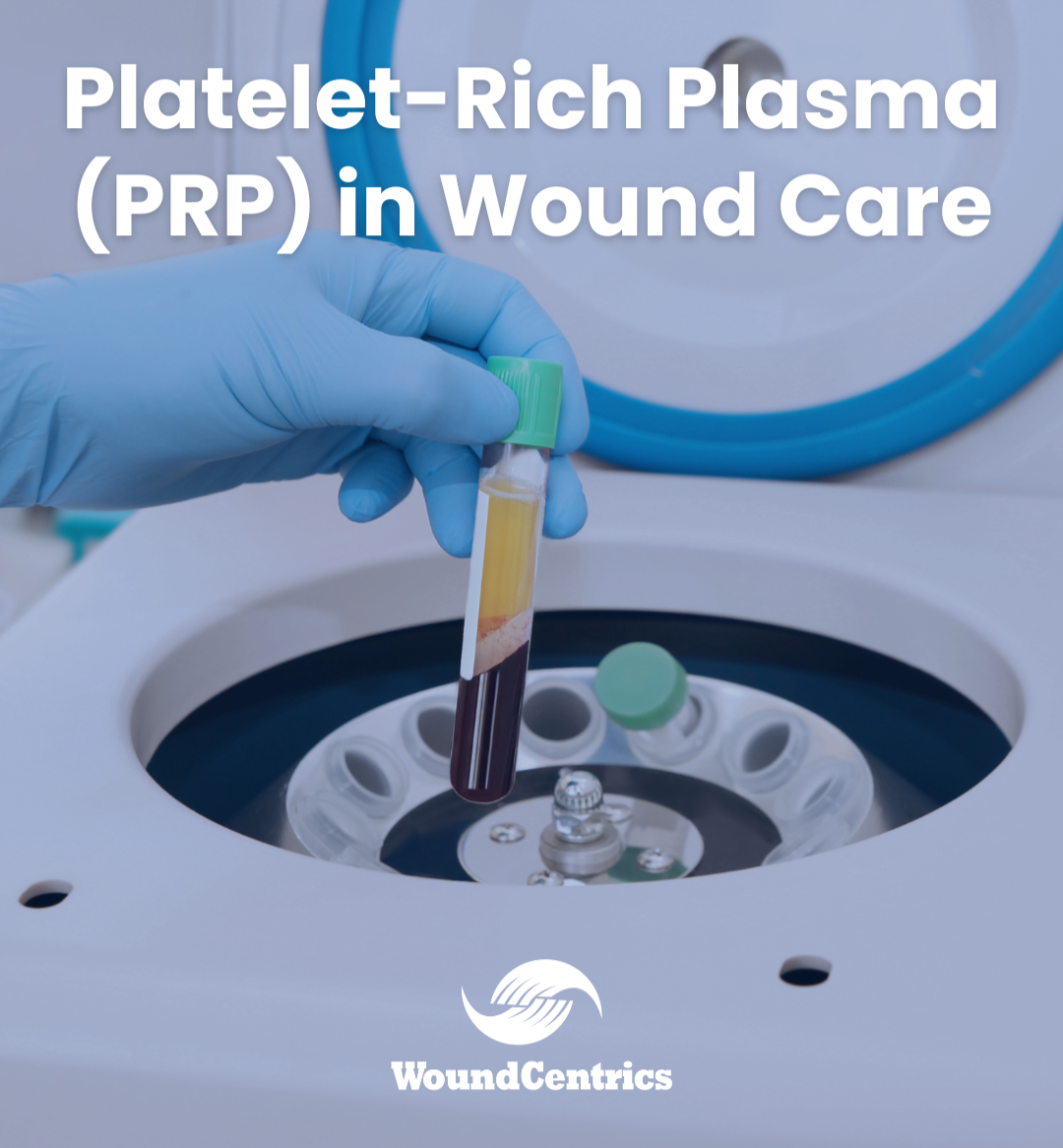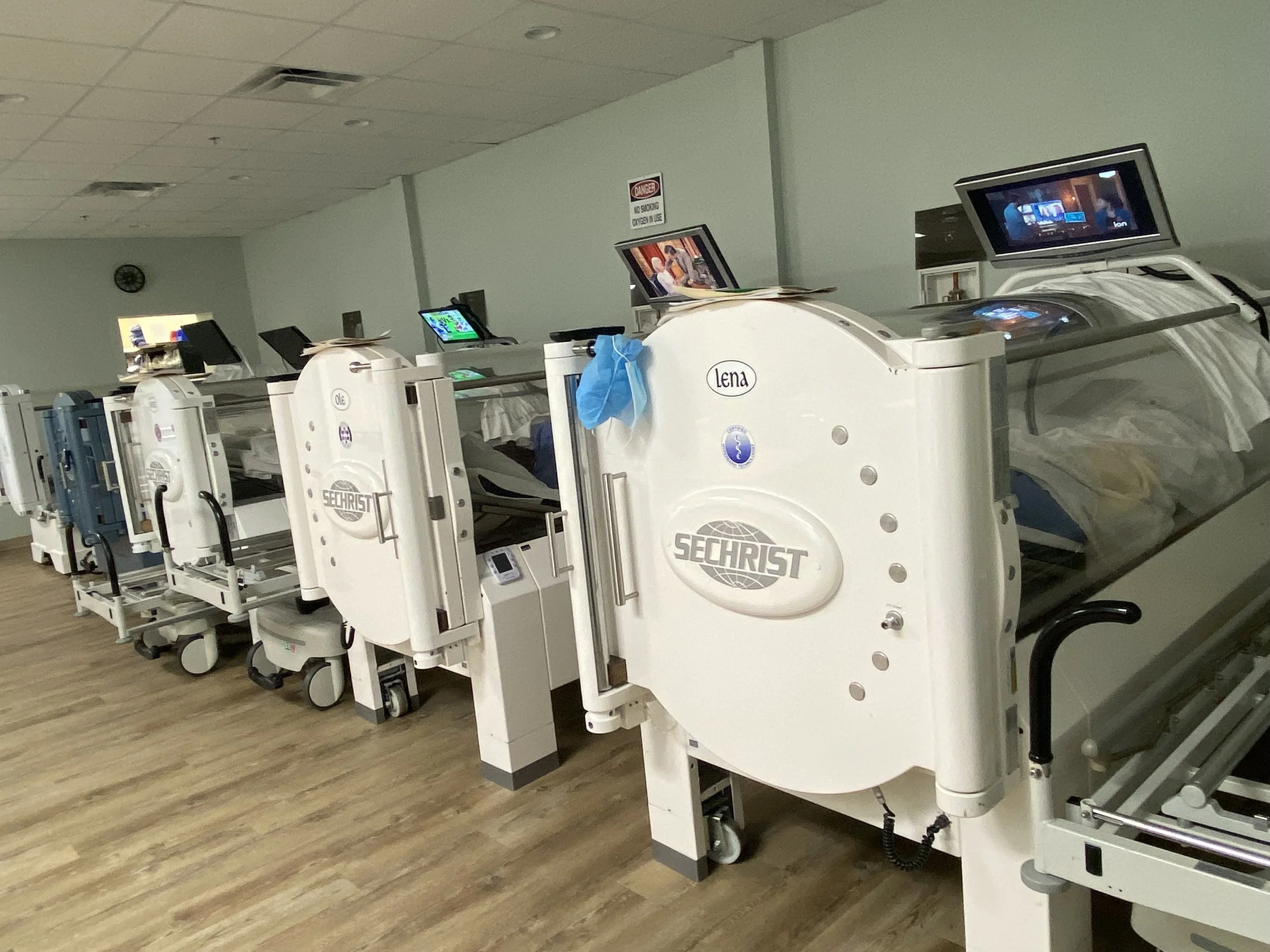Antimicrobial resistance (AMR) represents a growing global health crisis, particularly within the context of chronic, hard-to-heal wounds. These wounds often serve as reservoirs for resistant pathogens, especially when complicated by biofilms that delay healing and shield microbes from host defenses and treatment. While antimicrobial medications can play a crucial role in managing wound infections, they are frequently overprescribed without adequate clinical justification. Inappropriate use contributes directly to the rise of resistance, which the CDC reports is responsible for over 2.8 million infections and 35,000 deaths annually in the United States alone.
A key distinction in wound care is understanding that colonization does not equal infection. All wounds are colonized with bacteria, much like healthy skin. Infection only occurs when bacteria are present in sufficient quantity to trigger a host immune response—signs such as fever, elevated white blood cell counts, localized redness or swelling, malaise, or systemic symptoms. The presence of odor or delayed healing alone is not sufficient to warrant antibiotic use. Unfortunately, patients often equate these signs with infection and request antibiotics, placing providers in a difficult position. Although it may seem easier to prescribe than explain, patient education is critical to support antimicrobial stewardship.
In immunocompromised patients—those with poorly controlled diabetes, cancer, or other chronic illnesses—clinicians may be tempted to initiate antibiotics earlier out of concern for sepsis. Yet even in these cases, systemic therapy should be reserved for when it is clinically indicated. Most wounds do not require antibiotics, and premature use can hinder accurate diagnosis, especially if the patient is referred to a wound care center after treatment has begun.
To help guide responsible decision-making, a multidisciplinary panel of wound care experts from the United States and Australia convened in October 2024 to publish a consensus document. The guidance outlines core physiological processes involved in wound healing, explores how microbial colonization and infection disrupt healing, and provides best practices for management. Central to the recommendations is the need to limit systemic antibiotic use to cases where it is truly necessary. The document encourages culture-guided, targeted therapy with limited durations, and promotes the use of non-antibiotic alternatives such as topical oxygen, nitric oxide, probiotics, and chelating agents. It also calls for increased clinician, patient, and caregiver education to support sustainable, long-term wound care outcomes.
Advances in polymerase chain reaction (PCR) testing offer rapid, highly accurate identification of pathogens in wound tissue. PCR-based wound panels can detect bacteria, fungi and viruses simultaneously including organisms that conventional culture may miss. By pinpointing specific pathogens and resistance genes, PCR-guided diagnostics support targeted antimicrobial therapy and help reduce unnecessary antibiotic use. These rapid results can inform decisions about whether to initiate or withhold antibiotics, improving stewardship and patient outcomes.
The International Wound Infection Institute further supports a measured approach with its microbial burden continuum, which classifies wounds into stages from contamination to systemic infection. This model emphasizes that systemic antibiotics are typically only needed in the later stages, such as spreading or systemic infection. Treatment decisions should consider the patient’s immune status, the quantity and type of microbes present, and the interaction between different organisms in the wound environment.
Ultimately, when clinicians are uncertain about whether infection is present, referral to a wound care specialist is a preferred course of action. Wound centers offer access to advanced diagnostics and can initiate effective non-systemic therapies, including sharp debridement, topical antimicrobials, and moisture-balancing dressings. Prescribing antibiotics prior to referral should be avoided unless absolutely necessary, as it may obscure the clinical picture and delay optimal treatment. AMR is not a distant threat—it is an immediate concern that intersects directly with routine wound care. Through evidence-based practices, interdisciplinary collaboration, and a commitment to stewardship, providers can improve healing outcomes while preserving the effectiveness of the therapies we depend on most.



